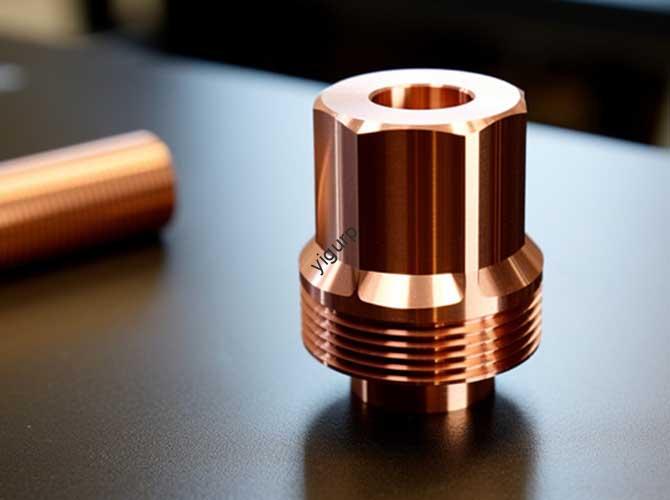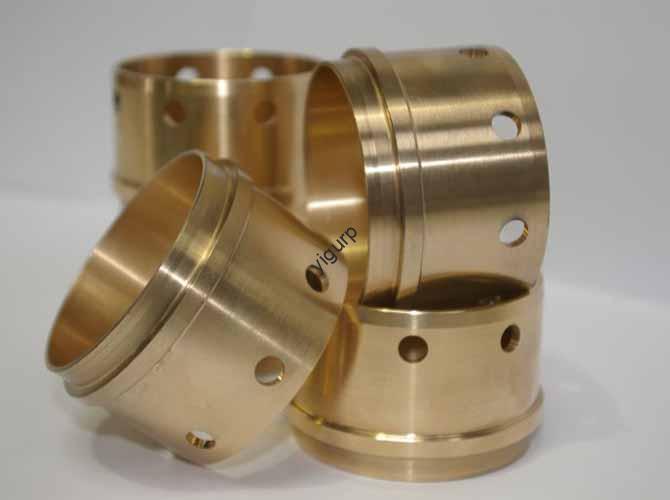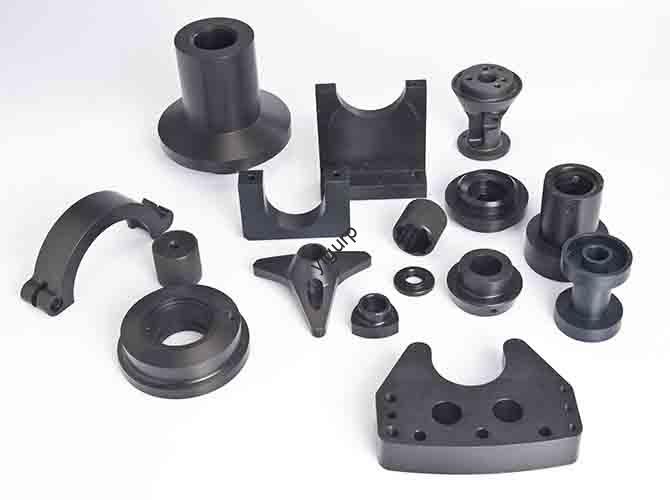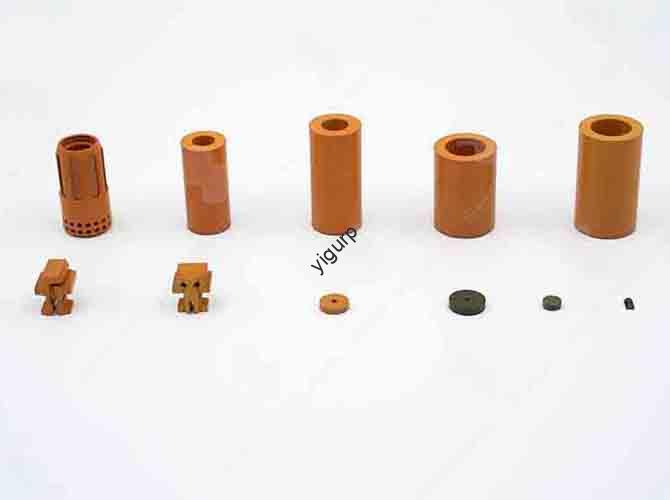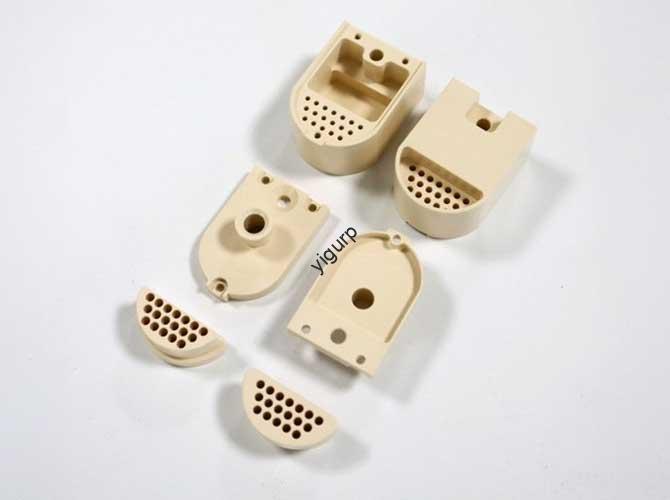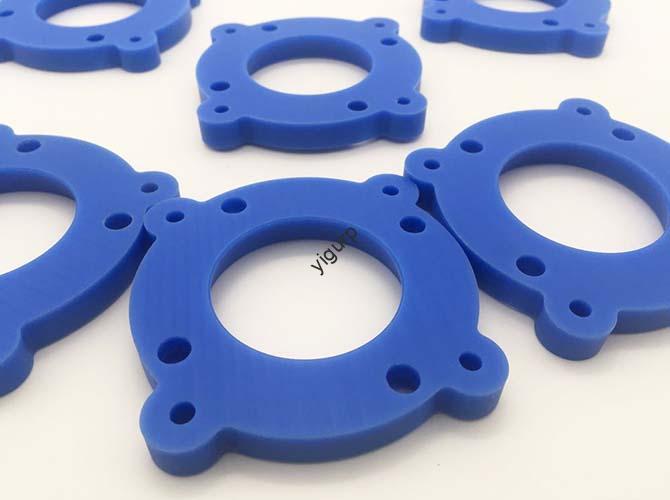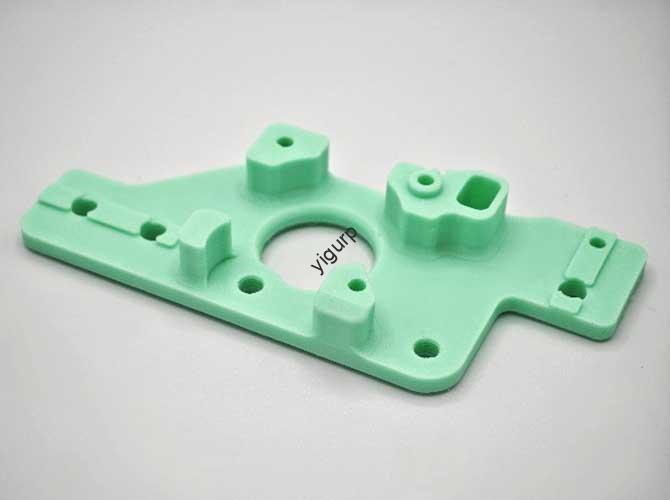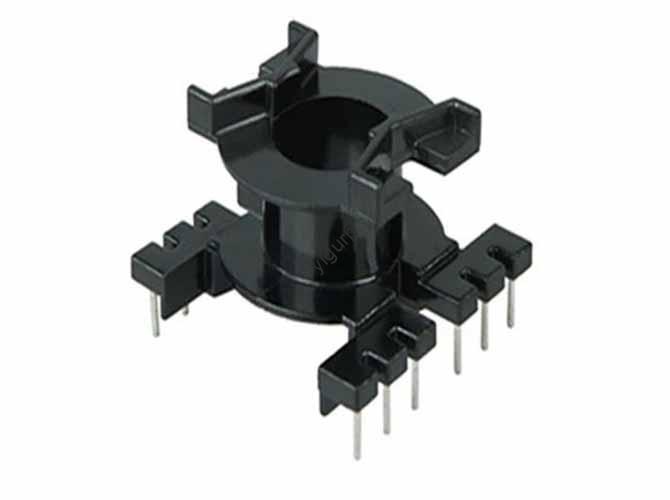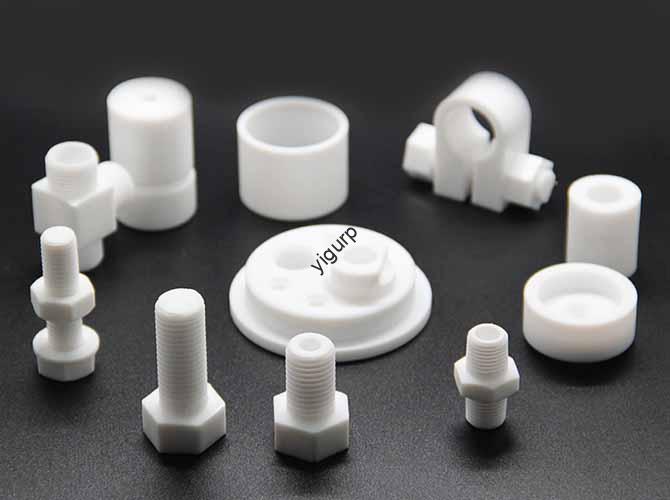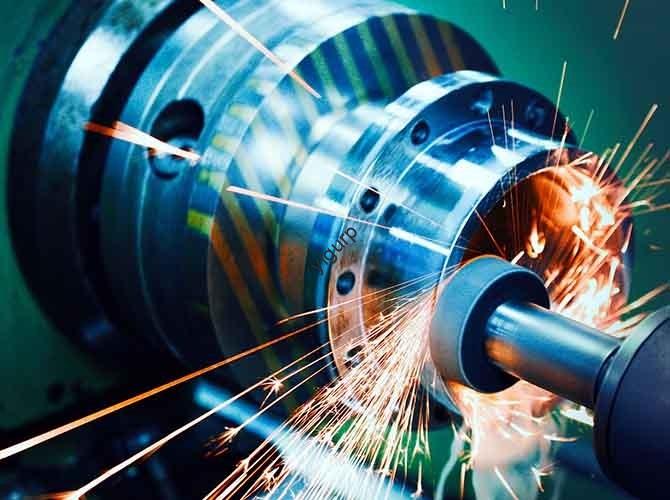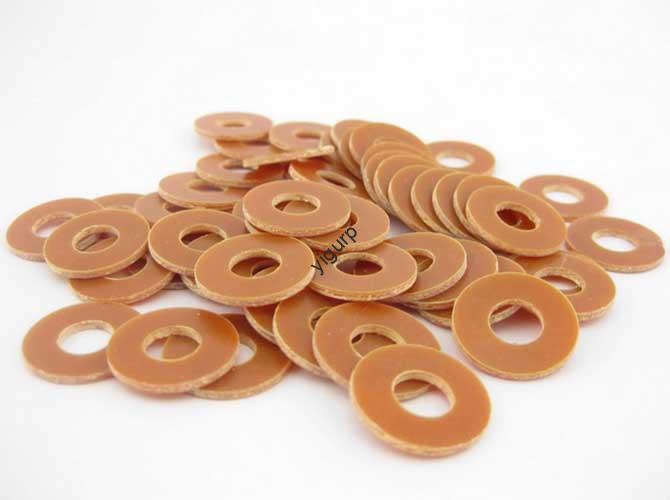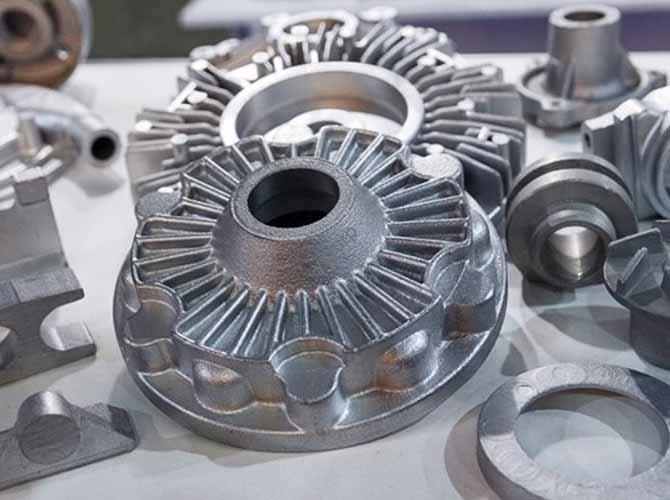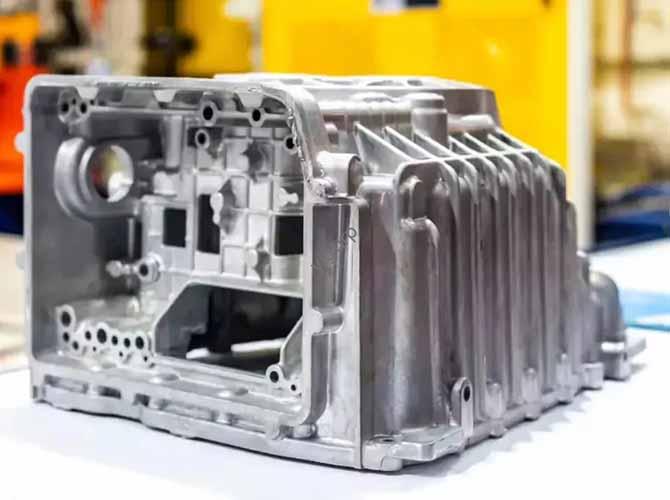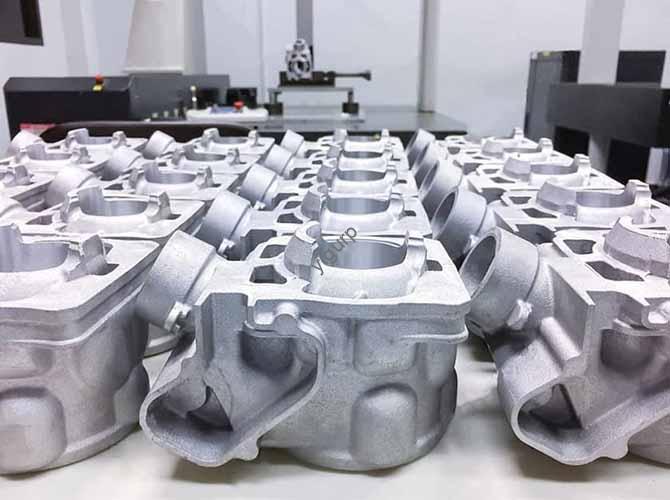What Are the Main Feeding Methods of Die Casting and Their Applications?
The feeding method of die casting is the “starting line” of the entire production process—it directly determines production efficiency, product quality, and the scope of applicable materials. Choosing the wrong feeding method can lead to 30% higher defect rates (Por exemplo, porosity from unstable metal supply) ou 50% lower production efficiency (Por exemplo, manual feeding delays). Mas […]
